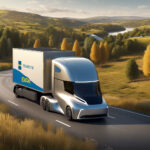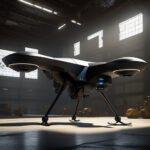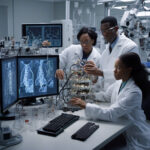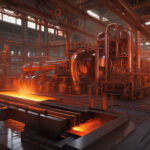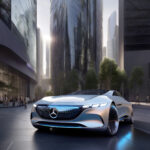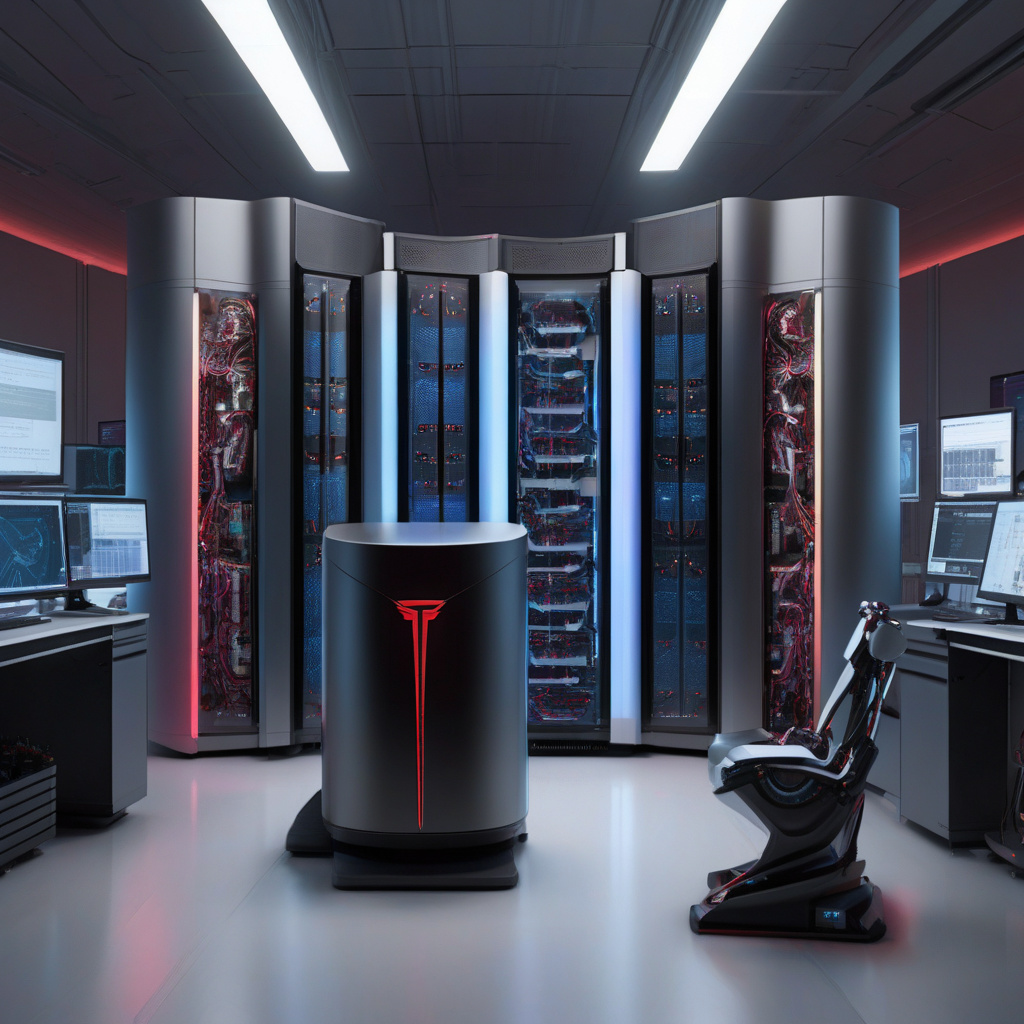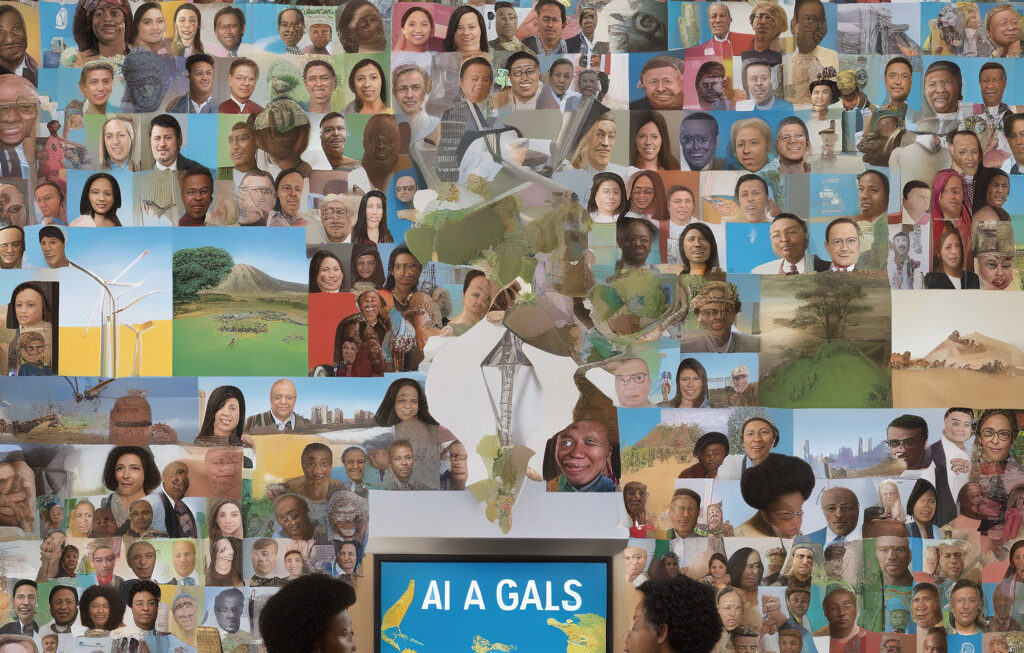Tesla’s New Supercomputer: Revolutionizing AI for Optimus Humanoid Robot and Self-Driving Cars
Elon Musk’s Tesla is seemingly not content with having one supercomputer for its growing needs. The electric vehicle and clean energy company is reportedly working on a new supercomputer that will not only power its self-driving cars but also the highly anticipated Optimus humanoid robot. This bold move signifies Tesla’s commitment to pushing the boundaries of artificial intelligence (AI) and robotics, aiming to revolutionize the way we interact with technology and transportation.
Tesla’s current supercomputer, which is already among the most powerful in the world, is utilized for a range of critical functions such as autonomous driving, neural network training, and simulation programs. However, with the development of the Optimus humanoid robot – a project shrouded in secrecy but generating significant buzz in the tech community – Tesla recognized the need for a dedicated computing system that can handle the complex algorithms and data processing required for such a groundbreaking innovation.
The idea of a humanoid robot developed by Tesla raises intriguing questions about its intended purpose and potential capabilities. Will Optimus be designed for household assistance, similar to other AI-powered robots in the market, or does Tesla have grander plans for it, such as industrial applications or even space exploration? Whatever the case may be, one thing is certain: the integration of advanced AI into a physical, human-like form represents a significant leap forward in the field of robotics.
Moreover, the new supercomputer will play a crucial role in enhancing the performance and safety of Tesla’s self-driving cars. As the company continues to refine its autonomous driving technology, the demand for more sophisticated computing power becomes increasingly apparent. By developing a dedicated supercomputer tailored to the specific requirements of self-driving vehicles, Tesla aims to further improve the accuracy of its AI algorithms, ultimately making autonomous driving not just a possibility, but a mainstream reality.
The implications of Tesla’s endeavor reach far beyond the realm of electric vehicles and robotics. By investing in cutting-edge AI technologies and supercomputing capabilities, Tesla is positioning itself at the forefront of innovation in an era defined by rapid technological advancements. The convergence of AI, robotics, and autonomous systems has the potential to reshape industries, disrupt traditional business models, and drive unprecedented levels of efficiency and productivity.
In a broader context, Tesla’s pursuit of a new supercomputer underscores the pivotal role that computational power plays in fueling technological progress. As AI applications become more sophisticated and pervasive, the demand for high-performance computing solutions will continue to escalate. Companies that invest in developing custom supercomputers, tailored to their specific needs and objectives, will not only gain a competitive edge but also chart new frontiers in innovation.
As Tesla forges ahead with its plans for the new supercomputer, the tech world eagerly anticipates the unveiling of Optimus and the next generation of self-driving capabilities. The intersection of AI, robotics, and supercomputing holds immense promise for reshaping the future of transportation, automation, and beyond. In the quest for technological excellence, Tesla’s bold initiatives serve as a testament to the boundless possibilities that lie ahead.
#Tesla #Supercomputer #OptimusRobot #SelfDrivingCars #AIRevolution.
